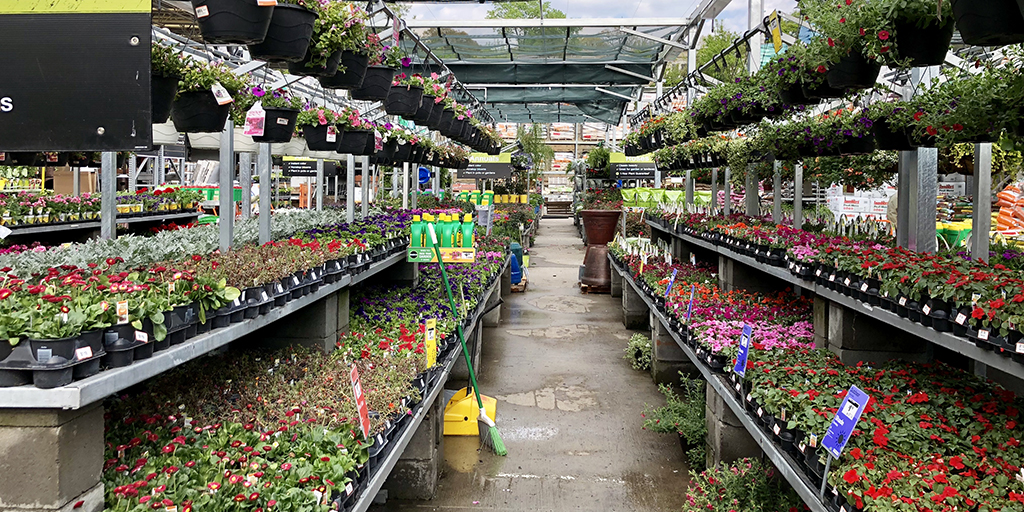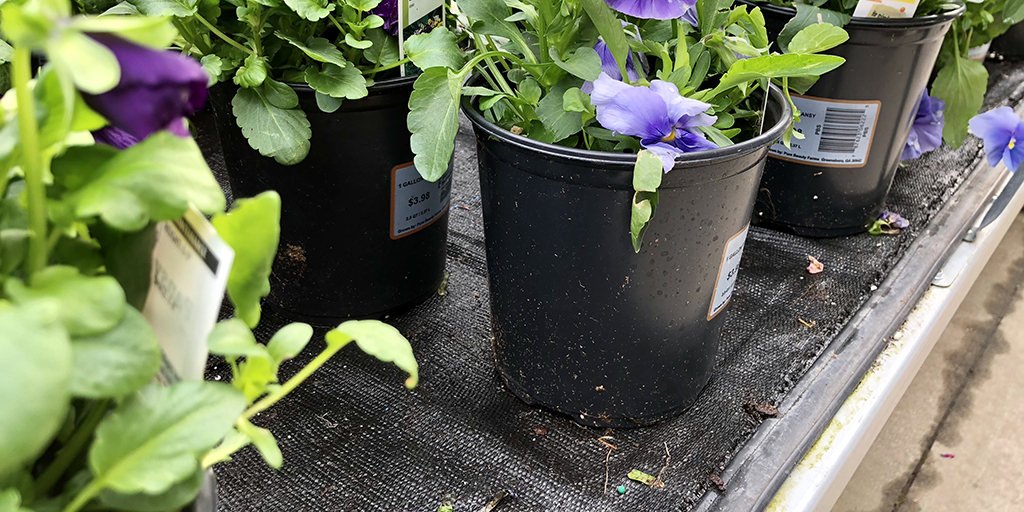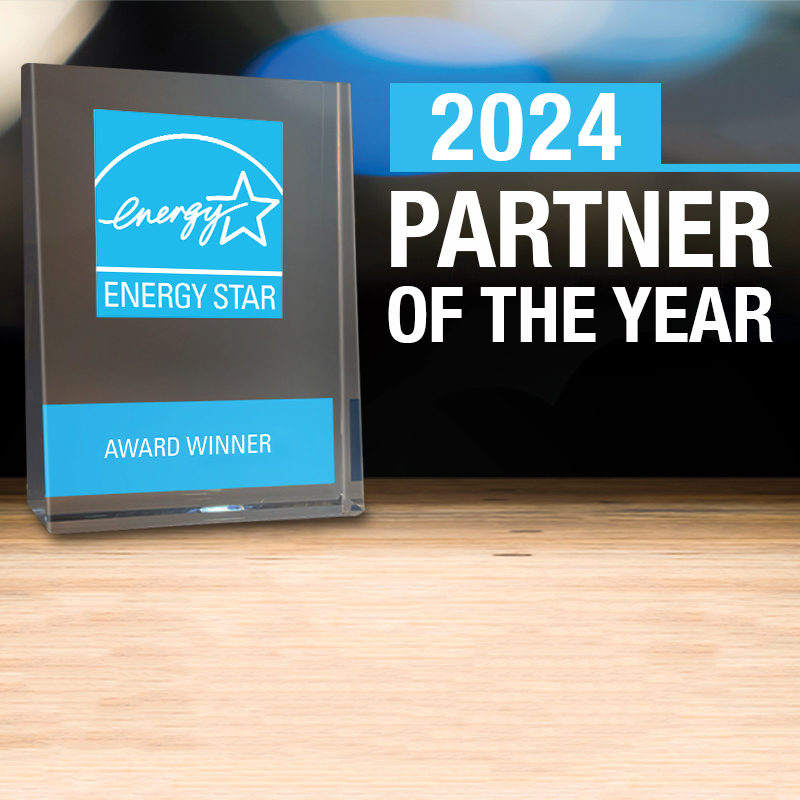We all want to be green, but could your green space be using more natural resources than necessary? This Atlanta Home Depot is using a 4,600 gallon rainwater tank to feed into their garden center’s irrigation system.

Before the tank was installed, it was an ongoing battle to keep the plants happy. “Some areas had to be watered three times a day,” explains Danny Watson, a garden center associate. “In the morning, again at noon when things were drying out and by the evening, smaller plants were dry again.”
Now, the plants receive recycled water regularly from the tank – and it rarely dries out. Even during extended periods without rain, the system continues to recycle condensation from the store’s air conditioners.

Here are three tips to create your own sustainable garden:
1. Let the rain fall down
Rain barrels are a great first step to save water for your planting needs. They collect run-off rainwater from your downspout and include a spigot to fill up watering cans. There are a variety of styles—just be sure that yours has a good screen to filter out any debris. To prevent standing water, consider installing a diverter kit that re-routes overflow back into your downspout.
2. Small systems can make a big impact
Drip irrigation systems offers a discreet way to water your plants. This small system connects to your home’s water, covers up to 700 feet and can hydrate potted plants and garden beds alike. Simply turn on your hose to save both time and water.
3. Work smarter
If you want to step up, systems with timers and sensors can make your care completely automatic. Mobile apps and compatibility with smart home systems like Google Assistant give you complete control to adjust how much water your landscape needs based on local weather—meaning you’ll never be caught watering in the rain.






